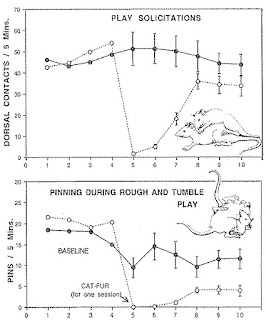
Psychology is a hub science with Medicine, Social Science, Earth Science, Chemistry, Math, and Physics. This is an important point which is Boyak, et al. (2005)1 and Cacioppo (2007)2 together make clear. I have read Cacippo's article for you because I felt it encapsulates Boyak in a way that is easy to understand. Dr. Jim Reads Caciopo on Psychology is a Hub Science .
